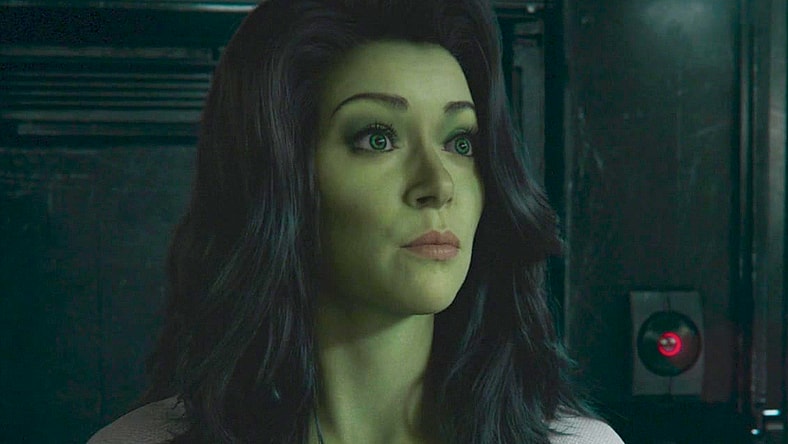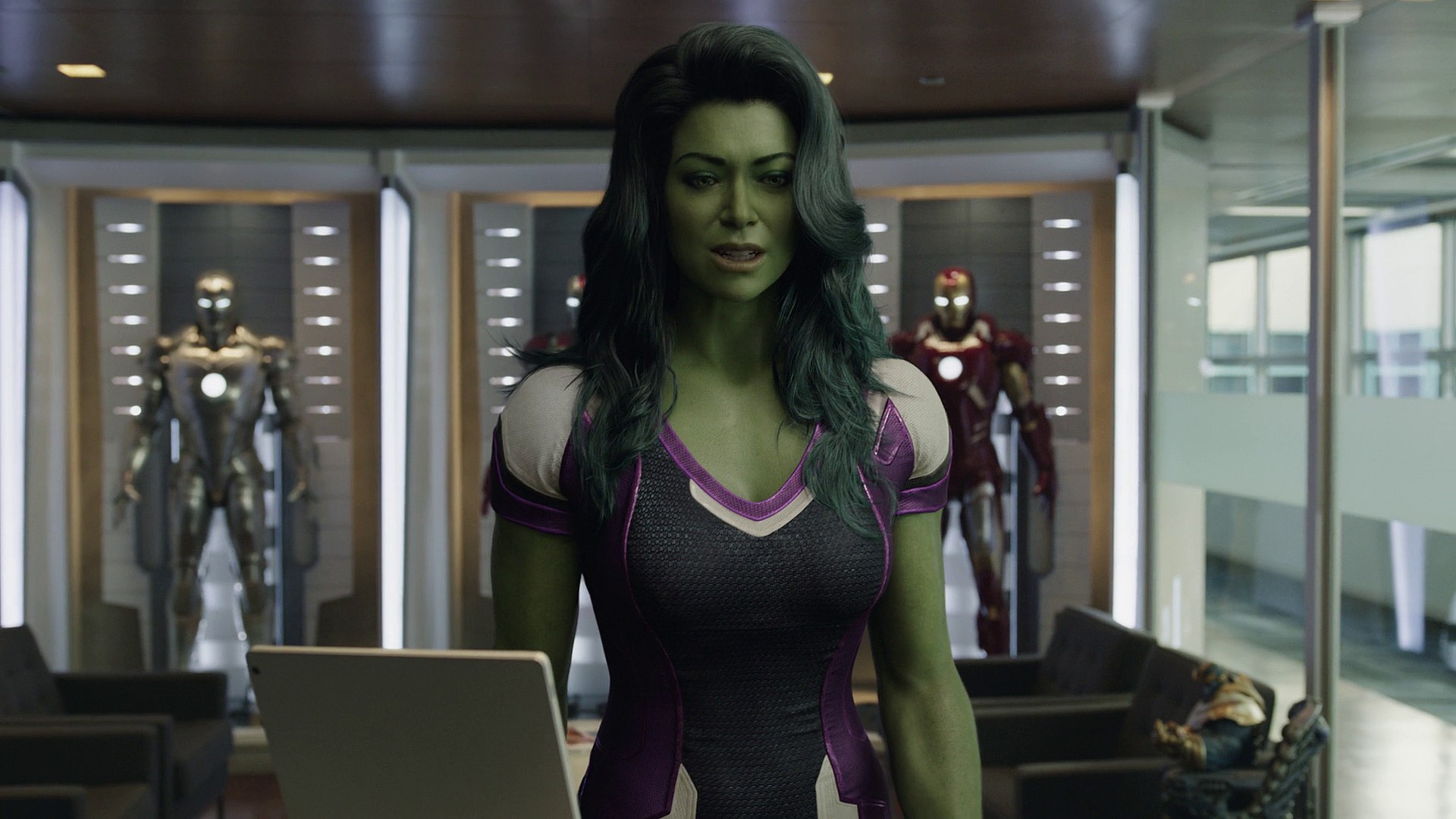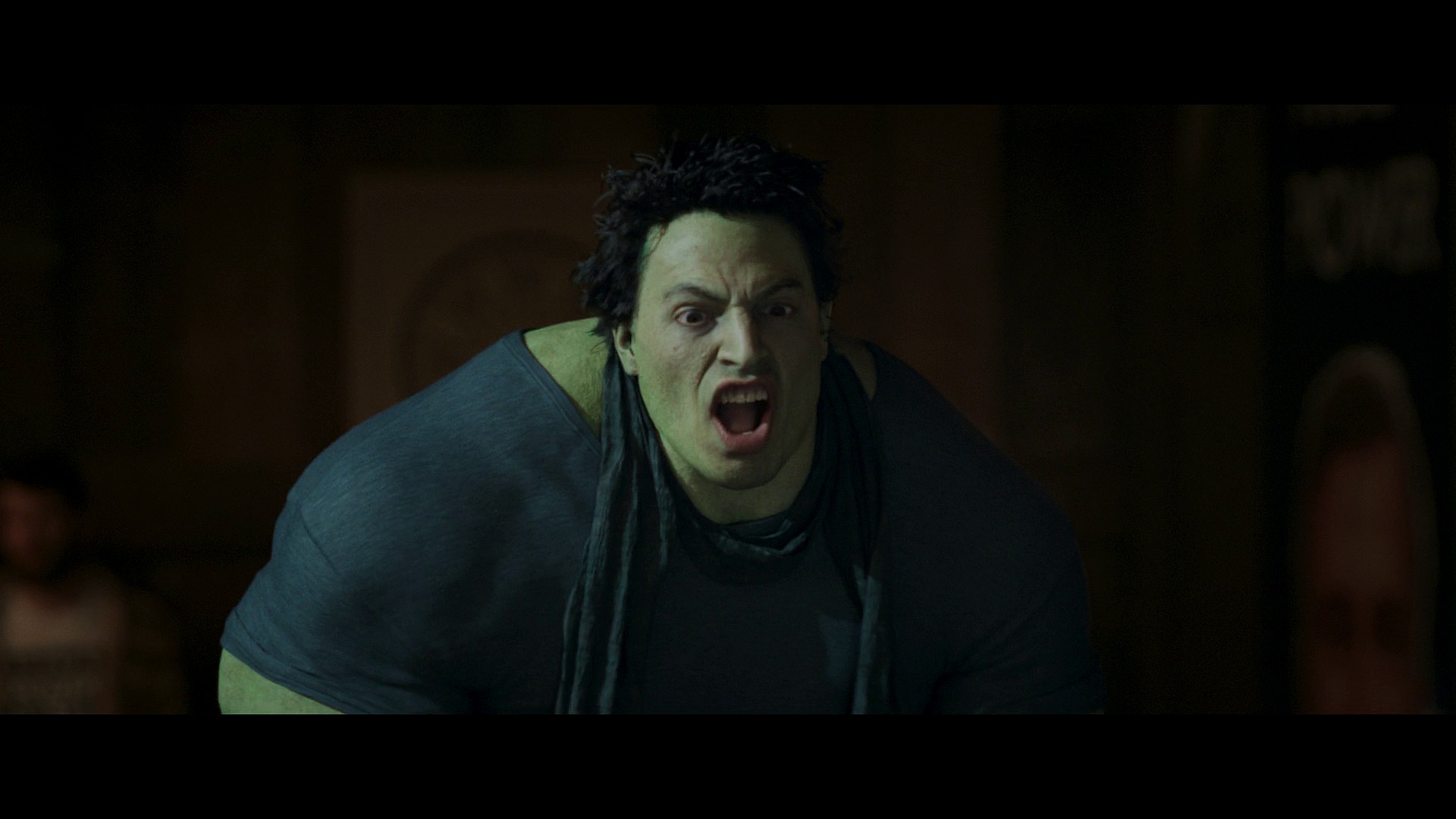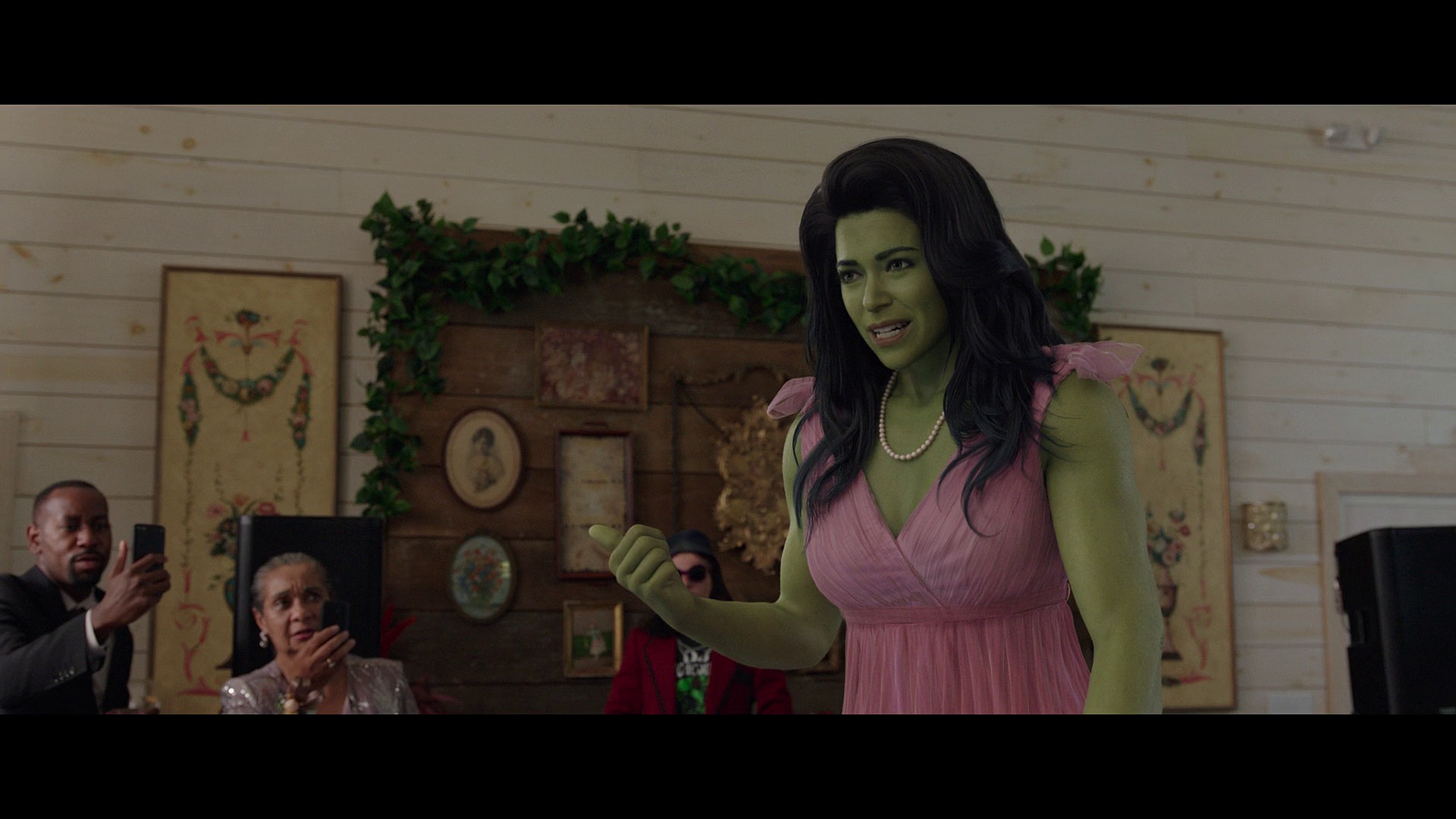‘She-Hulk’ Insider Blames Series’ “Half-Baked Scripts” And VFX Issues On Kevin Feige’s Lack Of Pre-Production Oversight

While the last few months have seen many an argument over which party was specifically responsible for the abysmal quality of the Jade Giantess’ solo series, a Marvel insider has claimed that, at the end of the day, the buck for She-Hulk: Attorney at Law stops squarely with the studio’s baseball-cap-clad boss, Kevin Feige.

This alleged insight into She-Hulk‘s behind-the-scenes failings was first brought to light by Variety‘s Tatiana Siegel, who herself had spoken to a number of company insiders as part of a November 1st deep-dive into the Marvel Cinematic Universe’s ongoing financial downfall.
Amidst a discussion of the numerous of issues currently facing the franchise, which include a lack of interest in The Marvels to a general uncertainty regarding Jonathan Major’s future as Kang the Conqueror (and thus the entirety of their plans for the currently-in-progress Multiverse Saga), Siegel eventually turned to highlight Marvel’s very, very apparent VFX woes.

To this end, Siegel then revealed that after seeing the reception to the slap-dash state in which Ant-Man and the Wasp: Quantumania hit theaters, all blame for the franchise’s decaying visual quality eventually came to rest on the studio’s now-former President Of Physical, Post Production, VFX And Animation, Victoria Alonso, which in turn led to her April 2023 firing.
“While the reason cited for her abrupt firing was her unauthorized role as an executive producer on the Oscar-nominated film Argentina, 1985, insiders say Disney was incensed that quality control on its Marvel productions was plummeting, particularly on the ever-expanding TV front,” wrote Siegel. “The VFX logjam had been evident for some time, with some final effects for such Disney+ series as WandaVision and She-Hulk: Attorney at Law inserted after their streaming debuts. That Alonso was busy promoting her art-house project while Rome burned certainly didn’t sit well with Disney’s leadership.”

However, it seems some Marvel employees believe that Alonso was merely being used as a scapegoat for the studio’s own incompetence.
Specifically citing She-Hulk‘s lack of visual polish, a number of Siegel’s sources argued that the series’ VFX issues were “a symptom of a deeper rot — namely a lack of oversight on script development.”

In backing up their claim, said sources recalled how, in She-Hulk‘s original outline, Jennifer’s origin was not shown on-screen until the series’ second-to-last episode.
However, after watching this initial cut, Marvel’s higher-ups – Feige included – realized that this delayed explanation as to how the series’ protagonist got her powers would confuse, rather than excite, its viewers.
As such, the series was sent back to its VFX team, who were then instructed to do what they could to salvage She-Hulk‘s narrative in post-production.

Per one of specific source who was involved with She-Hulk, “The so-called bad VFX we see was because of half-baked scripts. That is not Victoria. That is Kevin.”
“And even above Kevin,” they added. “Those issues should be addressed in preproduction. The timeline is not allowing the Marvel executives to sit with the material.”

Notably, this claim that Feige is no longer giving proper credence to the MCU’s production process is lent credence by his previous backing – and praise – of the She-Hulk series’ entire existence.
Speaking with Entertainment Weekly in February, Feige asserted, “She-Hulk, for example, was an experiment. ‘Let’s just do a legal comedy.’ What if Ally McBeal was a superhero? How do we do a legal sitcom with an incredibly expensive CG character in the middle of every episode? And I couldn’t be happier with the tone that Jessica Gao has set for that.”
“It’s a very different tone than many of other projects have,” he added, “and that was totally intentional.”

